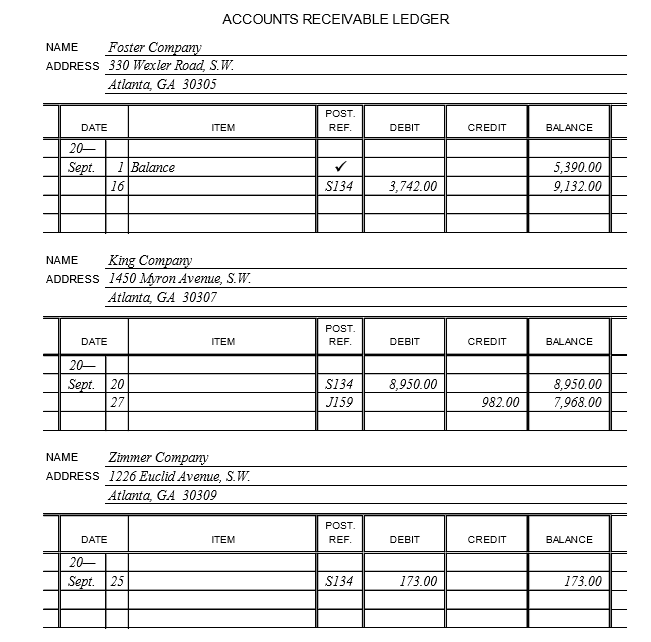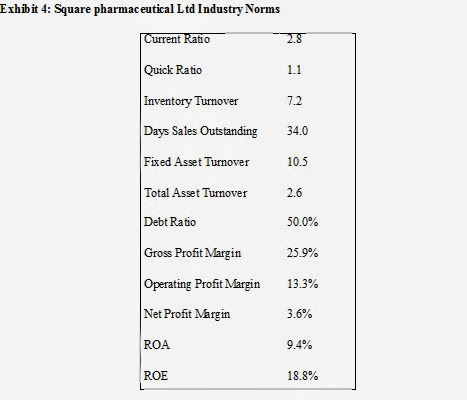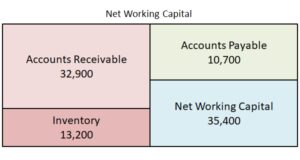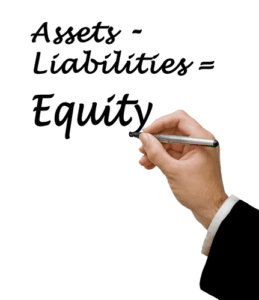It is incredibly user-friendly and easy to navigate, so if you are a sole proprietor looking for basic accounting software, FreshBooks will meet your needs at a relatively low cost. Its basic plan is in line with QuickBooks Simple Start, at $15 per month. At the end of the day, the cost of QuickBooks Online depends on your business’s needs, and the cost of QuickBooks doesn’t stop at just $35/month for most businesses. When it seems like there is a business software application for everything, it pays to be choosy.
Read our complete QuickBooks Online Payroll review for the details, and be sure to visit the QBO website to see if Intuit is running a QuickBooks payroll discount before buying. The QuickBooks Online Essentials plan costs $65/month and includes three users and more features. As your business grows, you can seamlessly upgrade to more advanced versions of QuickBooks to access additional features. Linking your bank account with QuickBooks Simple Start offers a seamless and real-time approach to transaction tracking. The software automatically captures all incoming and outgoing transactions, effectively eliminating the need for manual data entry.
How To Choose Payroll Software For Your Small Business
- We’ve got you covered with a breakdown of the four QuickBooks Online (QBO) plans.
- This easy-to-use and feature-rich software is ideal if you have no bookkeeping experience and want top-notch customer support.
- From account balances to outstanding invoices and expenses, this dashboard equips you with the insights needed to make informed decisions.
- Better yet, if your business grows, you’ll have the ability to expand to a more powerful version without losing any of your account data.
- QuickBooks Simple Start earns 4.5 stars, but it’s best for very small businesses.
- Help us to improve by providing some feedback on your experience today.
When customers no longer have an active, paid subscription, they will not be eligible to receive benefits. Support hours exclude occasional downtime due to system and server maintenance, company events, observed U.S. holidays and events beyond our control. Intuit reserves the right to change these hours without notice. Terms, conditions, pricing, service, support options, and support team members are subject to change without notice.
Flexible Accounting Features
Hopefully, knowing the exact costs of QuickBooks Online will ease your mind and help you create a more realistic business budget. If you want to learn more about QuickBooks, read our complete QuickBooks Online review or get started with a free trial. Integrations are third-party add-ons that give you additional features and capabilities. QuickBooks Online has over 750 integrations to choose from, including common software programs, such as Shopify, Gusto, and Mailchimp. Join the thousands of people like you already growing their businesses and knowledge with our team of experts. We deliver timely updates, interesting insights, and exclusive promos to your inbox.
Here are our top tips for how to save money on QuickBooks Online. Whether you use QuickBooks Payments or another payment gateway, be sure to take potential credit card fees into account when calculating how much you’ll be spending on software each month. QuickBooks now offers a free small business checking account called QuickBooks Checking (formerly known as QuickBooks Cash). Opening a QuickBooks Checking account is free, with no monthly fees or account minimums. QuickBooks Online payroll costs between $50-$130/month plus $6-$11/month per employee. If your small business needs a payroll solution, be sure to add this cost to the regular QuickBooks Online monthly fee.
You can sign up for a free 30-day trial, which should be long enough to help you decide if this is the best accounting solution for your business. QuickBooks Simple Start is an ideal accounting solution for most new and many existing small businesses. From individual contractors and freelancers to businesses that are just getting started, this basic online accounting software is easy to learn and to use. And apps made for iPhone, iPad, and Android provide added convenience when you’re away from the office. QuickBooks Simple Start understands that every business is unique, which is why it offers the flexibility to customize your dashboard. You can rearrange widgets, add shortcuts to your most frequently accessed features, and tailor the dashboard to display the data that matters most to you.
QuickBooks Online VS QuickBooks Desktop: 2024 Comparison
Using this payroll guide, we’ll walk you through the entire payroll process step by step. Keep reading to learn about the different processing methods you can choose from. You can request a callback anytime when you need a little extra help. Use the apps you know and love to keep your business running smoothly.
Connect seamlessly with your current apps to keep your business running smoothly. Nearly 70% of business owners who have been there, done that, recommend writing a business plan before you start a business. Get unlimited expert help as you prepare your business taxes. Or let a tax expert powered by TurboTax tlm support 2021 do your taxes for you, start to finish.









